Gastroesophageal Reflux: Symptoms, Diagnosis, and Treatment Features
German physician, surgeon and scientist Heinrich Quinke in 1879 described the physiological process taking place in the digestive system of people after eating, and called it gastroesophageal reflux( in the reduction of GER).A synonym for this difficult-to-pronounce term is gastroesophageal reflux. The word "reflux" in Latin means "flow back", and in medicine this term refers to the movement in the opposite direction compared to the normal course of movement of the contents of any hollow organs. If to you have put such diagnosis, it is not necessary to be upset, as in itself the GER disease is not and does not require treatment. But sometimes the mechanisms of this physiological process fail, the food that has returned from the stomach to the esophagus, begins to eat up its epithelial cells, and the person experiences quite unpleasant sensations at the same time. In these cases, the diagnosis indicates gastroesophageal reflux with esophagitis - a serious enough disease that can lead to esophageal cancer.
Mechanism of gastroesophageal reflux
From the lessons of anatomy, we know that the food crushed in the mouth when swallowed enters the esophagus, which is a hollow tube. Its functions are limited to the rapid delivery of a lump of food into the stomach, where it begins to be digested. The length of the esophagus in most people is 30 cm. In the lower part, the muscle fibers of its walls are so arranged that they act as a valve( sphincter).When moving a lump of food, they relax, passing it into the stomach, and then shrink, preventing the food from flowing back into the esophagus. If the passage is not blocked enough, the contents of the stomach( food and gastric juice) are partially transferred back to the esophagus, that is, gastroesophageal reflux occurs. Symptoms and treatment of this condition depend on how well the defense mechanisms work in the esophagus.  In most people this process does not cause any unpleasant or painful sensations, so it does not require any treatment at all. However, in some cases, the return of a portion of food back from the stomach to the esophagus is accompanied by painful or simply unpleasant sensations. In these cases, a doctor's consultation and treatment is necessary.
In most people this process does not cause any unpleasant or painful sensations, so it does not require any treatment at all. However, in some cases, the return of a portion of food back from the stomach to the esophagus is accompanied by painful or simply unpleasant sensations. In these cases, a doctor's consultation and treatment is necessary.
How the protective mechanisms of
work Why, in some cases, is harmless gastro-food reflux, and in others dangerous? The fact is that the human esophagus is "programmed" by nature to contact only with the alkaline medium, which is the chewed food coming into it from the mouth. The stomach does not just take food lumps, it starts to digest them, for which it produces gastric juice - a liquid from a mixture of enzymes, mucus and the main component - hydrochloric acid. Once in the esophagus, it begins to "digest" the epithelial cells of its walls in the same way as food fragments. If a person has protective mechanisms against an aggressive acidic environment, the reflux of food is not terrible for them. Such mechanisms are:
- sufficiently high tone of esophageal sphincter, which does not allow food to go beyond the gastroesophageal zone;
- good clearance( rapid cleansing of the esophagus from the received contents of the stomach);
- resistance of epithelial cells of the esophagus to hydrochloric acid;
- the control of acidity of gastric juice. 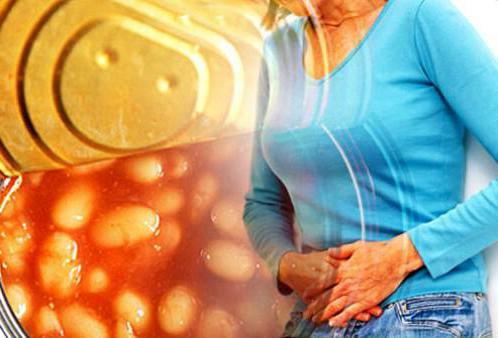
Symptoms of a GER that is not a disease
Consider when gastro-food reflux can be considered a normal act of human physiology. Symptoms of such harmless process in the digestive system are as follows:
- a person does not feel any discomfort( this is one of the dominant signs);
- throwing food into the esophagus from the stomach is observed only immediately after a meal;
- reflux lasts for a short time and happens only a couple of times a day;
- at night during sleep reflux does not occur.
It should be noted that the physiological reflux of food from the stomach to the esophagus is observed in people of any age, including children.
Prevention of harmless GER
Even in cases where gastroesophageal reflux is not a problem, you can take a number of simple efforts to help your GI organs work. Reduce the manifestation of reflux can such simple actions:
- do not go to rest immediately after a meal;
- do not start physical work, especially associated with slopes, barely finished eating;
- do not overeat;
- reduce the consumption of foods( chocolate, alcohol, certain specific sauces), relaxing sphincter of the esophagus;
- do not start eating too closely, with a tight belt;
- reduce the amount of servings, and increase the number of meals. 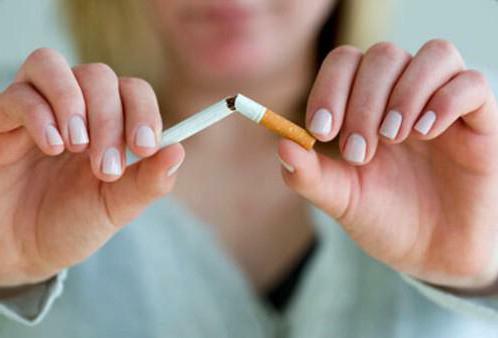
Signs of GER, which is the pathology of
The disease is gastroesophageal reflux with esophagitis. It happens when the protective mechanisms of the esophagus fail and can no longer protect the epithelial cells from corroding hydrochloric acid. This disease has two types of symptoms.
1. Esophageal. Patients report such unpleasant sensations:
- heartburn;
- a sour taste in the mouth;
- eructation( mostly sour);
- dysphagia( eating possible choking);
- chest pain( tend to increase with tilts and lying down, can extend to the arms and neck).
2. Non-esophageal. Patients may have all or some of the following symptoms:
- dental problems( tooth decay, enamel defects);
- sinusitis;
- laryngitis;
- pharyngitis;
- coughing;
- pain in the heart.
Because of these manifestations, GERs are often misdiagnosed and treat people from non-existing diseases. 
Reasons for
Gastro-gastroesophageal reflux may occur due to the following reasons:
- obesity;
- alcohol, smoking;
- hiatal hernia;
- unbalanced nutrition;
- drugs that reduce the tone of the sphincter;
- profuse vomiting( it happens with poisoning);
- systemic scleroderma;
is a nasogastric tube.
Gastroesophageal reflux in infants
In the first days and months of life, approximately 80% of infants experience regurgitation after feeding. Most often, the gastroesophageal reflux of the baby is not a pathology and arises from the imperfection of its GIT system. Also, regurgitation protects the baby from overeating and ingress of air into his intestines. 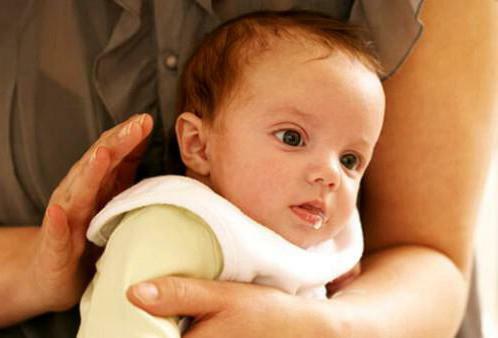 Parents can simply hold the crumb vertically for about 10 minutes after feeding, so that regurgitation does not happen. More serious problems with the stomach and esophagus are indicated by such signs:
Parents can simply hold the crumb vertically for about 10 minutes after feeding, so that regurgitation does not happen. More serious problems with the stomach and esophagus are indicated by such signs:
- constant crying and anxiety of the baby;
- burping;
- vomiting( not to be confused with regurgitation) after feeding;
- refusal to eat;
- hiccough;
- causeless cough;
- the child does not sleep well and adds little weight.
According to the indications, the doctor can prescribe to the infant mixtures with thickeners and medicines "Cisapride", "Domperidon", "Metoclopramide", "Cimetidine".If the reflux is caused by pathologies in the structure of the digestive tract, surgical intervention is possible.
Gastroesophageal reflux in children older than the year
Most children have completely disappeared by 12-18 months of regurgitation after feeding. Toddlers grow up healthy and do not experience any discomfort after eating. But some children have other complaints that indicate problems with the stomach or esophagus:
- heartburn( the child explains this symptom as "fire" or "fire");
- sour eructation;
- pain in the sternum;
- nausea;
- sensation of raspiraniya in the abdomen;
- regurgitation at night during sleep( this can be seen in the footsteps on the pillow).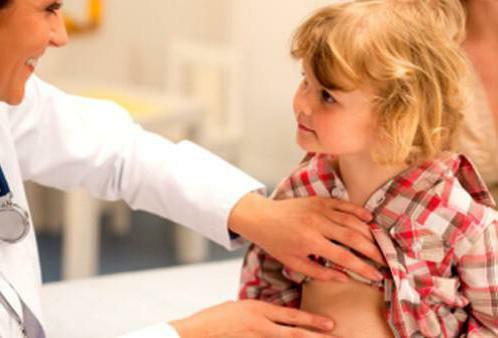
Often indicate gastroesophageal reflux in children with symptoms that are completely unrelated to digestive organs:
- cough;
- hoarse voice;
- a lump and a sore throat;
- heavy breathing;
- shortness of breath;
- difficulty in swallowing;
- frequent pneumonia.
Usually, these symptoms begin to cure a cold, but with GER such therapy does not give results.
Diagnostics
If the patient has unpleasant or painful symptoms of gastroesophageal reflux disease, the diagnosis should be carried out using modern laboratory and instrumental methods. At the first stage, the gastroenterologist collects an anamnesis that includes information about such illnesses in the patient's relatives, the duration and intensity of reflux symptoms. 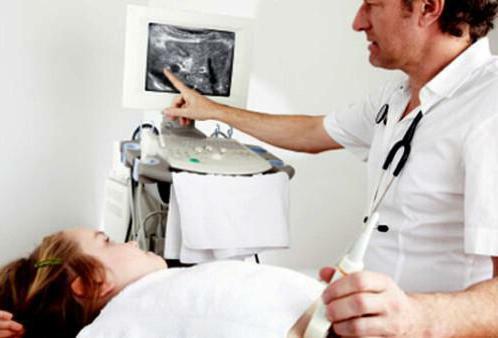 The second stage is to conduct laboratory studies, such as:
The second stage is to conduct laboratory studies, such as:
- blood test( biochemical and general);
- coprogram;
- urinalysis.
The third stage of diagnosis includes instrumental studies:
- esophagus manometry;
- EHDS( esophagogastroduodenoscopy);
is a provocative test;
- Radiography using barium suspension;
- ultrasound.
Treatment of
If gastroesophageal reflux is diagnosed, the treatment is carried out in three directions:
1. Non-drug. Includes such items:
- weight correction;
- diet( you can not chocolate, alcohol, fatty, spicy, coffee, garlic, citrus);
- food ordering;
- exclusion from the wardrobe of tight clothing, narrow belts;
- raising the head of the bed by 20 cm.
2. Medication:
-proton pump inhibitors( reduce the release in the stomach of hydrochloric acid "Rapeprazole", "Omeprazole");
- antacids( these drugs neutralize hydrochloric acid "Fosfalugel", "Almagel");
- prokinetics( speed up the movement of food from the stomach into the intestine "Metoclopramide").
3. Surgical. Applies if the two previous types do not provide visible improvements.
If the disease is not treated, hydrochloric acid entering the esophagus can provoke ulceration of its walls, their perforation, bleeding, the so-called Barrett's esophagus, which increases the risk of the onset of a malignant tumor 10-fold.
